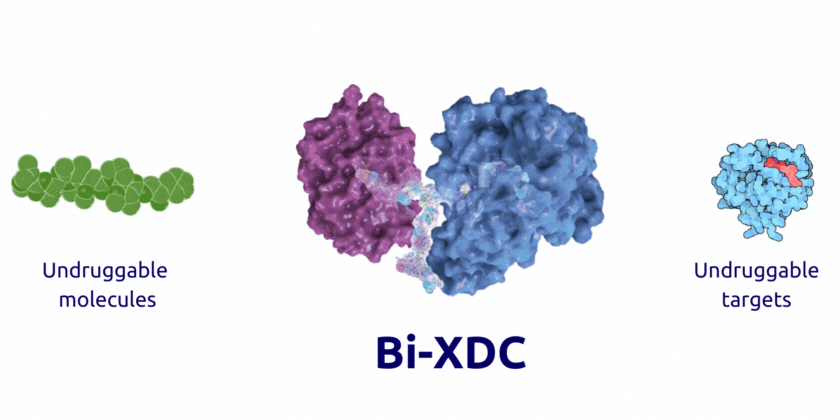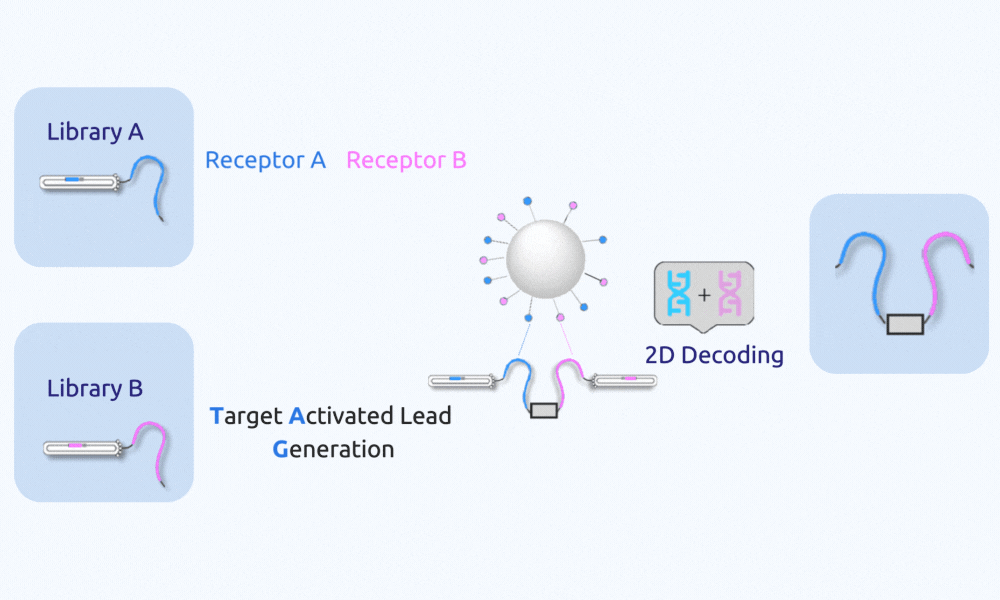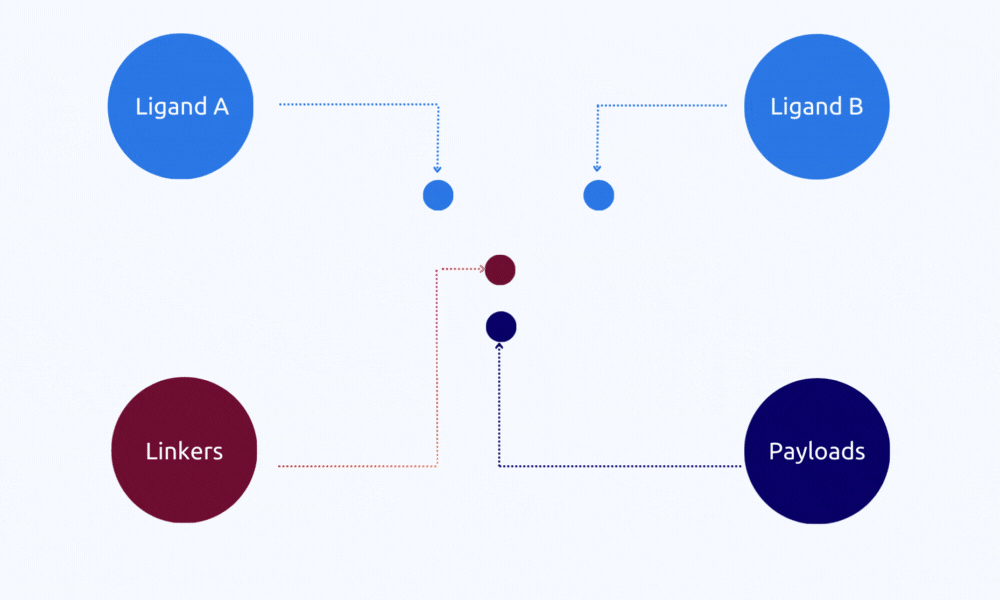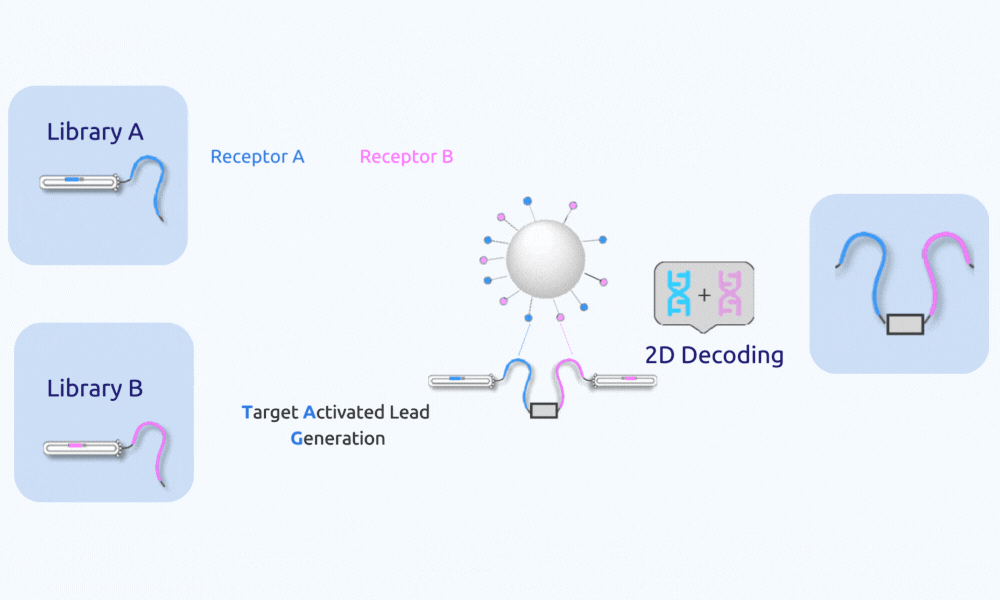Approach

Platforms
Tag-Display


Bi-XDC
Bispecific Format
Retains specificity / affinity
Cover Low Receptor expressions
Broad Indications
Molecular Size / Complexity
Simplified manufacturing process
Safety Profile
Low immunogenicity profile
World of Bi-XDC
Tubulin inhibitor: CBP-1008 CBP-1018
Topoisomerase inhibitor: CBP-1019 CBP-1029 CBP-1039
CBP-8088
Bi-XDC delivers DNA damaging radiation as the tumor killing payload. A non-cleavable linker is necessary to improve the stability and safety of drug in the circulation. To avoid the potential hazards of systemic exposure, dual ligands using small size antibodies and peptides has a higher advantage due to their small size, fast tumor penetration and systemic clearance.
CBP-1023
Immuno-regulators change immune system, including treatments that increase or decrease immune response, so it works more effectively. They can treat various conditions, including cancer and autoimmune diseases. Bi-XDC simultaneously delivers toxins and immuno-regulators to tumor cells and tissues, exerting synergistic effect and anti-tumor mechanism.
CBP-1062
CAR-NK/T cell therapy is a modified form of NK/T cells extracted from the human body, which involves the introduction of genetically engineered chimeric antigen receptors through gene transfection technology. Combining Bi-XDC technology with CAR-NK/T can greatly improve target efficiency, overcome design difficulty, and reduce production costs.


-768x768.png)
